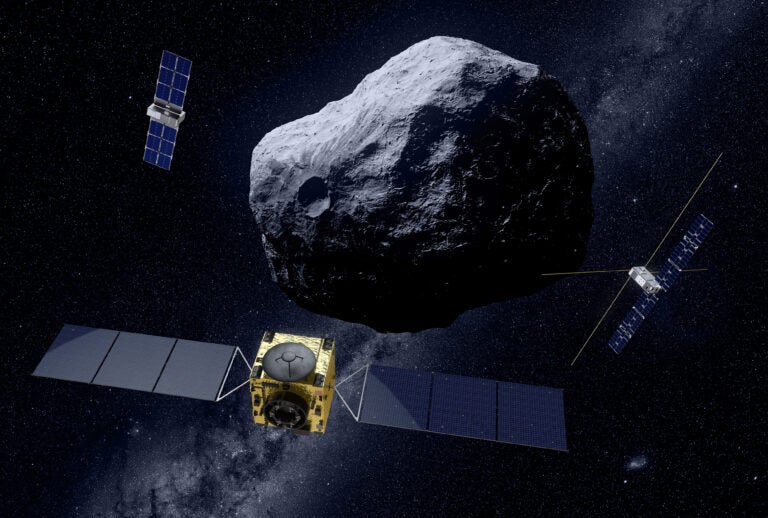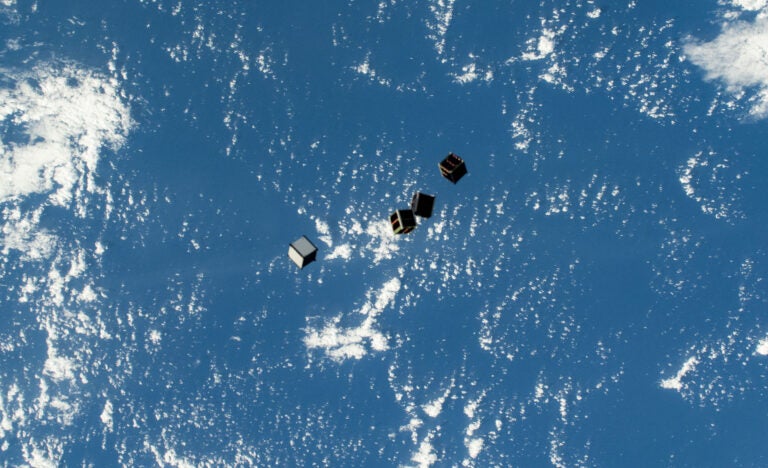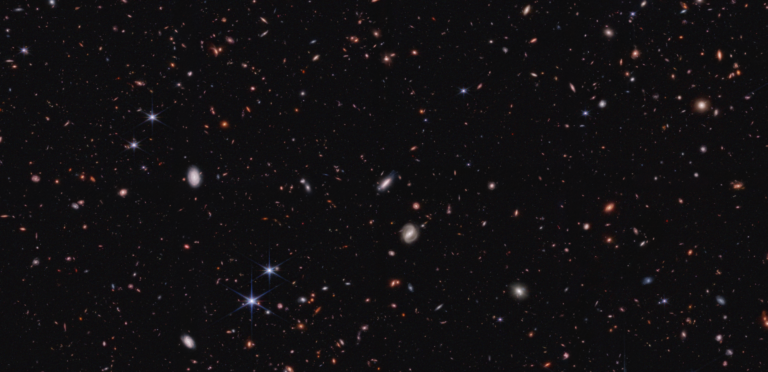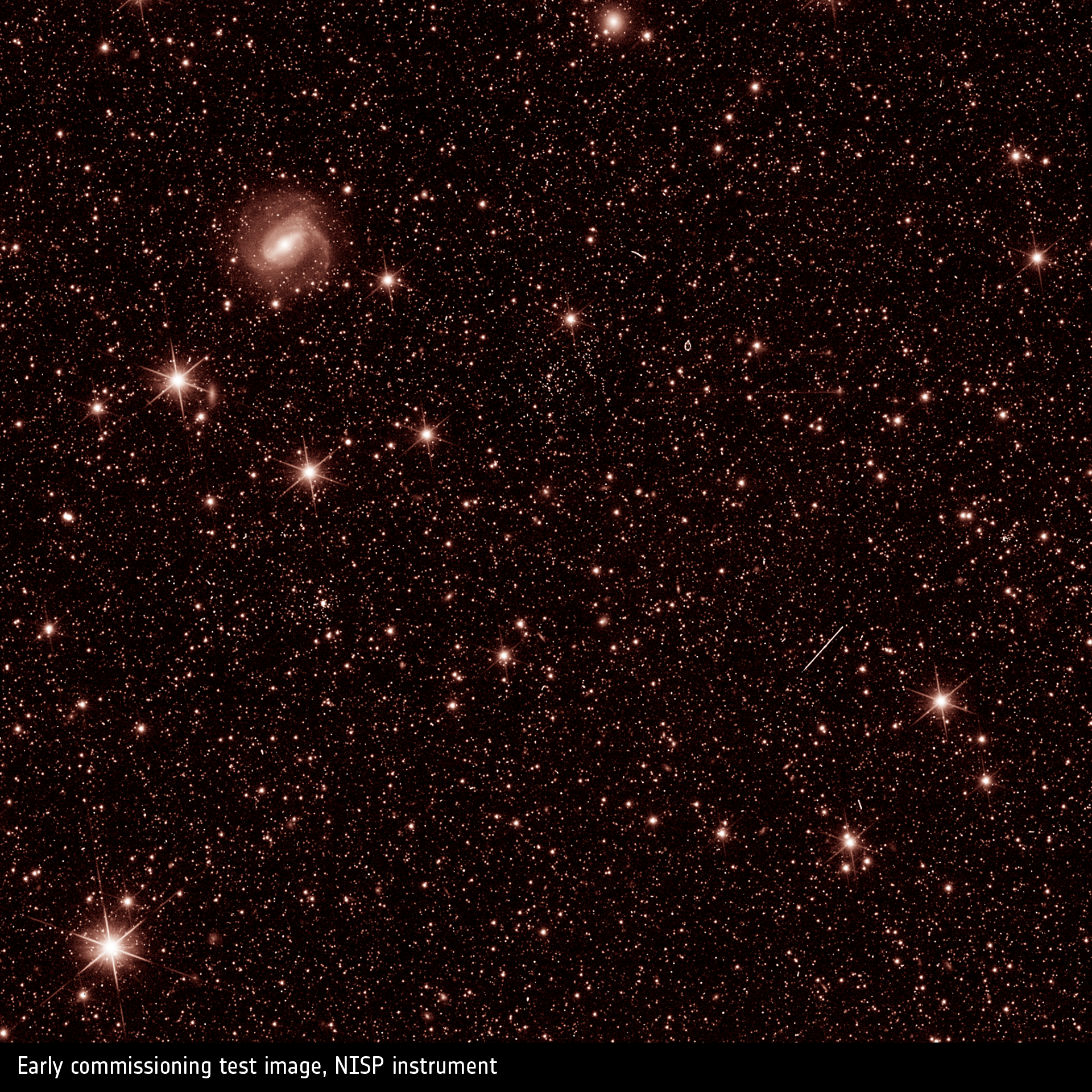
On July 1, after spending 11 years under design and construction, the European Space Agency’s Euclid Space Telescope successfully launched. Now, the spacecraft has sent back the first taste of its observing ability. It will be several months before Euclid can fully deliver a new perception of the cosmos, but the recent test shots show its potential.
“The outstanding first images obtained using Euclid’s visible and near-infrared instruments open a new era to observational cosmology and statistical astronomy. They mark the beginning of the quest for the very nature of dark energy, to be undertaken by the Euclid Consortium,” said Yannick Meiller, an astrophysicist and the Euclid Consortium’s lead said in a statement.
The first images gave engineers and scientists behind Euclid confirmation that the telescope and its instruments work well and will gather the data needed to observe the universe. Despite the fact that these are only the craft’s the first images, various galaxies already appear. Once fully calibrated, Euclid will observe billions of galaxies to create a huge sky map astronomers can use to study the structure and history of the universe.
Euclid’s eyes
Euclid’s powerful vision comes from the telescope’s two instrunements. The VISible instrument (VIS) is a wide-field imager that observes in the 0.55- to 0.9-micron spectral band (visible wavelengths). It was designed to detect dark matter by measuring the way its presence distorts background galaxy images via gravitational lensing. This effect magnifies and brightens light from galaxies or other sources that sit behind a massive galaxy cluster. As the light from these background object passes near the cluster, the galaxies’ gravity bends it. Specifically, Euclid will measure weak lensing, which is a weaker version of the strong gravitational lensing that creates circular and arc-shaped images you might be familiar with from deep images of the universe. Astrophysicists can measure the amount of bending to map the mass of the lens as well as map the locations of galaxy clusters throughout the universe, even ones we can’t directly see.
Experts use the distribution of galaxies and clusters are distributed by observing the distortions of millions of galaxies, in turn providing a measurement of the distribution of dark matter.
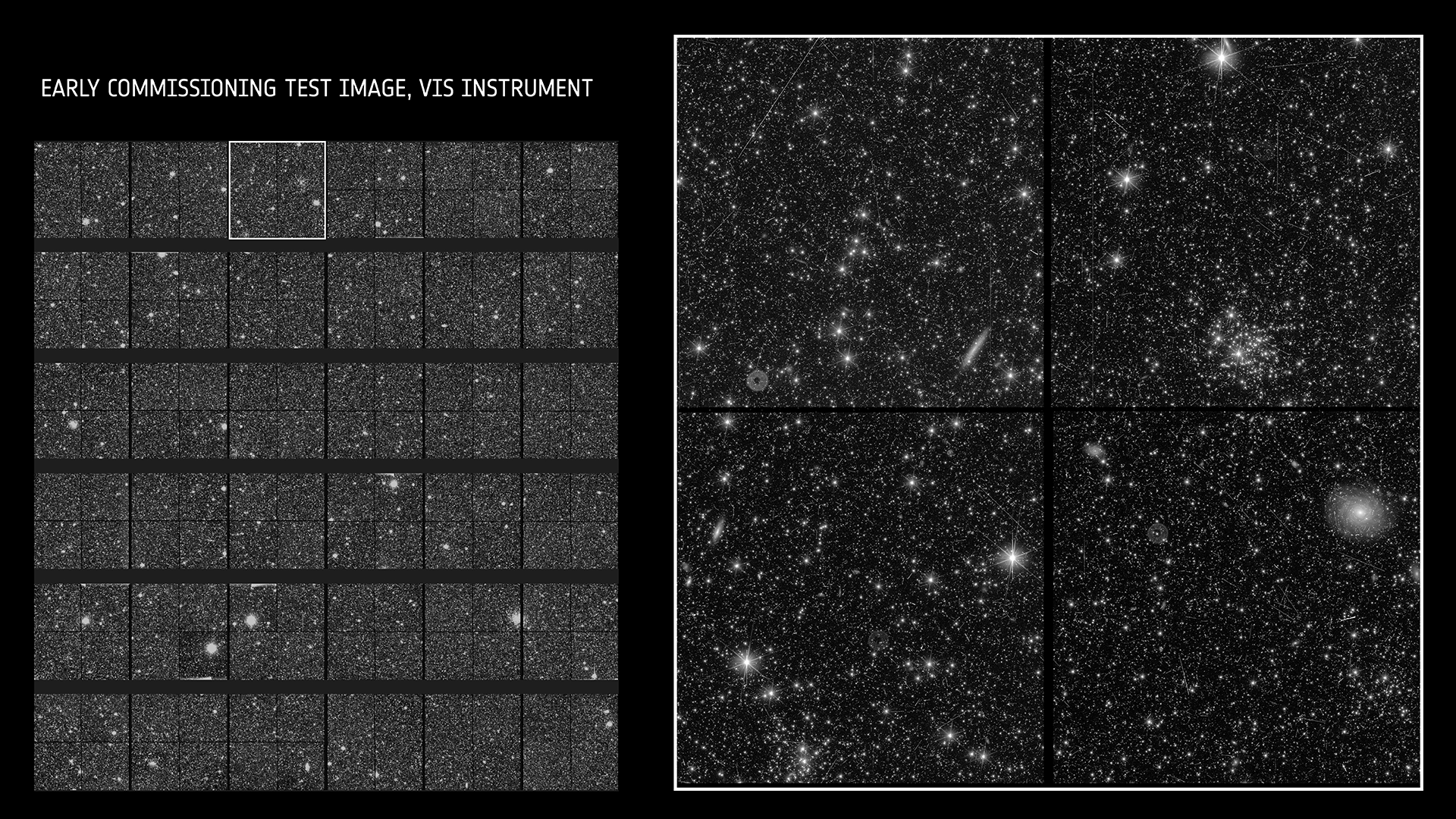
The first test image from VIS reveals a collection of galaxies and star clusters. While only a few are easy to spot, fuzzier blobs in the background give researchers a glimpse of Euclid’s potential once it reaches its full imaging capacity.
Aside from VIS, Euclid also has the Near-Infrared Spectrometer and Photometer (NISP) instrument. NISP will look at galaxies in infrared to measure the amount of light that galaxies emit across longer-than-visible wavelengths. This information lets astronomers calculate how far away each galaxy sits. And combining data collected from NISP and VIS will allow astrophysicists to map how galaxies are distributed throughout the universe and how they change with time.
Perfection takes time
Seeing Euclid’s first images is a major success for the telescope team. When scientists first turned VIS on, an unexpected light pattern contaminated the images. Further investigation revealed sunlight was sneaking into the spacecraft through a small gap. Engineers then found that light can be avoided if Euclid is turned at certain angles. So, by minding where the Sun is with respect to the spacecraft and knowing when it will hit the small gap, VIS can still fulfill its mission. The images in this article were taken at an angle where the sunlight did not interfere.
Some unwanted — but expected — noise, like cosmic rays, appears in the VIS image because it is unprocessed. Longer-exposure survey observations in the future will not have this issue, and will be razor-sharp and more detailed once processed. Over the next few months, more tests and checks will be carried out to ensure Euclid is ready to uncover the mysteries of the universe.
“I’m thrilled by the beauty of these images and the abundance of information contained within them. I’m so proud of what the VIS team has achieved and grateful to all of those who have enabled this capability. VIS images will be available for all to use, whether for scientific or other purposes. They will belong to everybody,” said Mark Cropper, and astrophysicist at the University College London and VIS’s development lead.







